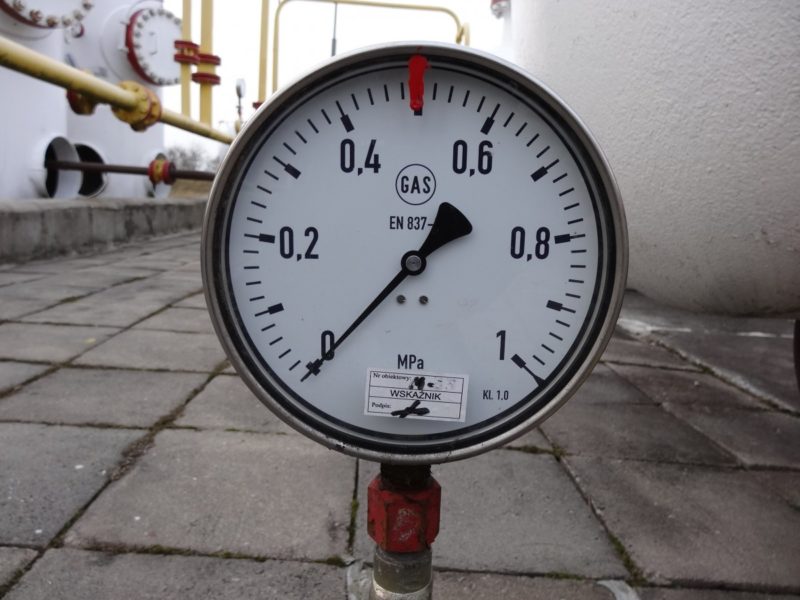Did you ever go to your basement and think what size breaker do I need for a dual 4500 watt water heater? To put it only a 30-amp double pole breaker and ten gauge cable are required. When the current crosses a specific level, breakers are activated. Unlike a fuse, it may be reset once it has tripped. Circuit breakers come in different forms. One of the most basic is a button connected to an electromagnetic or other metals band on both ends and the circuit’s hot wire.
It is critical to understand how to utilize a circuit breaker. It would be better to know potential overloads or electrical faults since the breaker’s power may have been turned off for a purpose. It’s critical to understand which branch circuit each breaker is connected to, so you can determine whether you have too many items associated in your kitchen or living room, for example.

If there is a short circuit or an overload, a circuit breaker immediately interrupts the current flow. It may protect an electrical circuit, as well as appliances, gadgets, and your home, by doing so. Electrical overloads may produce much heat, leading to sparks, burns, electrocution, and fires. Let me enlighten you on avoiding these by reading further on this article.
Tips To Choose What Size Breaker For A Dual 4500 Watt Water Heater
Although hot water is a current need, it can be costly to replace your water heater. Proper maintenance may extend the life of your heater, saving you the trouble and money of replacing it too soon. You can maintain your power and gas water heaters running smoothly with a bit of effort. Some repairs are straightforward, such as how to empty an electric or gas water heater, how to maintain a pressure release valve, and how to maintain a tank or pilot light. Always contact a professional if you aren’t willing to deal with gas or electricity. Anyway, here are the tips to choose what size breaker do I need for a dual 4500 watt water heater:
#1. The TPR (temperature/pressure-relief) valve should be tested
Electricity and the cold-water supply valve should both be turned off. Place a bucket beneath the pipe leading to the temperature-pressure-release (TPR) valve on the tank’s top or side. (If the tank pressure becomes too high, this Valve will open.) Lift the Valve’s tab to Allow some water out, then let go. If the water is still flowing, drain the tank halfway, remove the old Valve using a pipe wrench, and replace it.
#2. Examine the anode rod
Connect a hose to the drain cock on the tank and drain a few liters of water. Now unscrew the rod by inserting a one 1/16-inch socket into the hex head attached to the heater. Buy a new one if it’s less than 12 inches thick or calcium-coated, wrap the threads with Teflon tape, replace it in the tank, and tighten it tightly. If there isn’t much space above the tank, use this segmented rod.
#3. Remove sediment and drain the tank
Drain the leftover water in the tank into the pail, then open the cold-water supply valve quickly to mix up the silt on the tank’s bottom. Drain and repeat till the hose emits clean water. Shut the drainage cock, fill your tank, and reconnect the electricity. Making sure that it is clean and there is no residue left, we can make our tank clean and be expected to operate thoroughly. You may also be interested to know about maintain and drain a water heater.
#4. Adjust the temperature
Unscrew the lid on the temperature meter just on the side of the vessel. Using a screwdriver, turn the dial to 120 degrees. You may anticipate saving up to 5% in energy bills for every 10 degrees you reduce the temperature. If you’ll be gone for more than three days, turn off the water heater or set the thermostat to the lowest setting. It will make you wonder what size breaker do I need for a dual 4500-watt heater as the breaker can also be a preventive measure if you are not in your home most of the time.
#5. Pipes should be insulated
Purchase 3/8-inch-thick self-sticking foam pipe insulating that matches the diameter of the pipes. Far as you can, slide the foam over the hot and cold-water pipes. Condensation is avoided in the summer by insulating the cold-water line. Close the insulation by peeling the tape and squeezing it shut. Cover the pipe with millimeter unfaced fiberglass pipe wrap 600 mm or less from the vent. This will help you attain your ideal temperature and to avoid heat loss.
#6. The heater should be insulated
Cut the insulating blanket to fit around pipelines, the TPR valve, and the temperature regulation protruding out of the tank. Wrap the tank’s side and use foil tape to close the incisions. Covering the tops of oil or natural gas heaters is not a good idea. Wrap an enormous circle of insulation around an electric heater and fix it to the tank’s side using tape. This will prevent further heat loss from the heater.
It’s A Wrap
Another day of answering what size breaker do I need for a dual 4500 watt water heater has been answered. It was also stated how to take care of your breaker to maintain that heat it was conducting. When a water heater continues tripping the breaker, it’s not enjoyable. It may also be hazardous and inflict significant harm to you or your property. Fortunately, finding the source of the problem isn’t difficult. A faulty thermostat, backed by a heat source, is the most likely reason, although it may also be a blown breaker or other electrical issues. Don’t hesitate to know these things too; read about how to know if water heater is bad and and why water heater leak.
